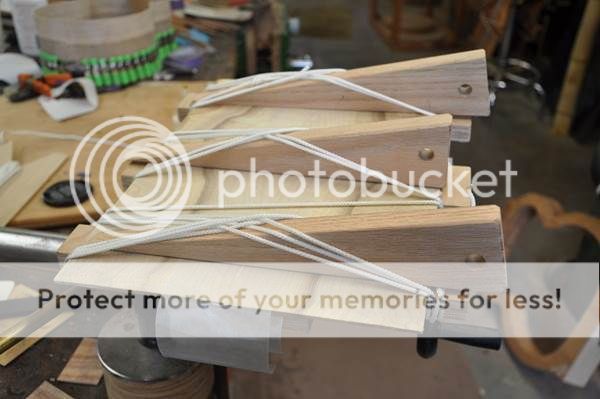harvestbarn
Established Member
I am about to make a quality tray what is the advice if I make the bottom from solid timber? How thin can it be if rebated in all round? Will it be best made up of stripps with the grain reversed as each is laid up?
Or should it be plywood with a thick oak veneer on both sides?
Or should it be plywood with a thick oak veneer on both sides?





































